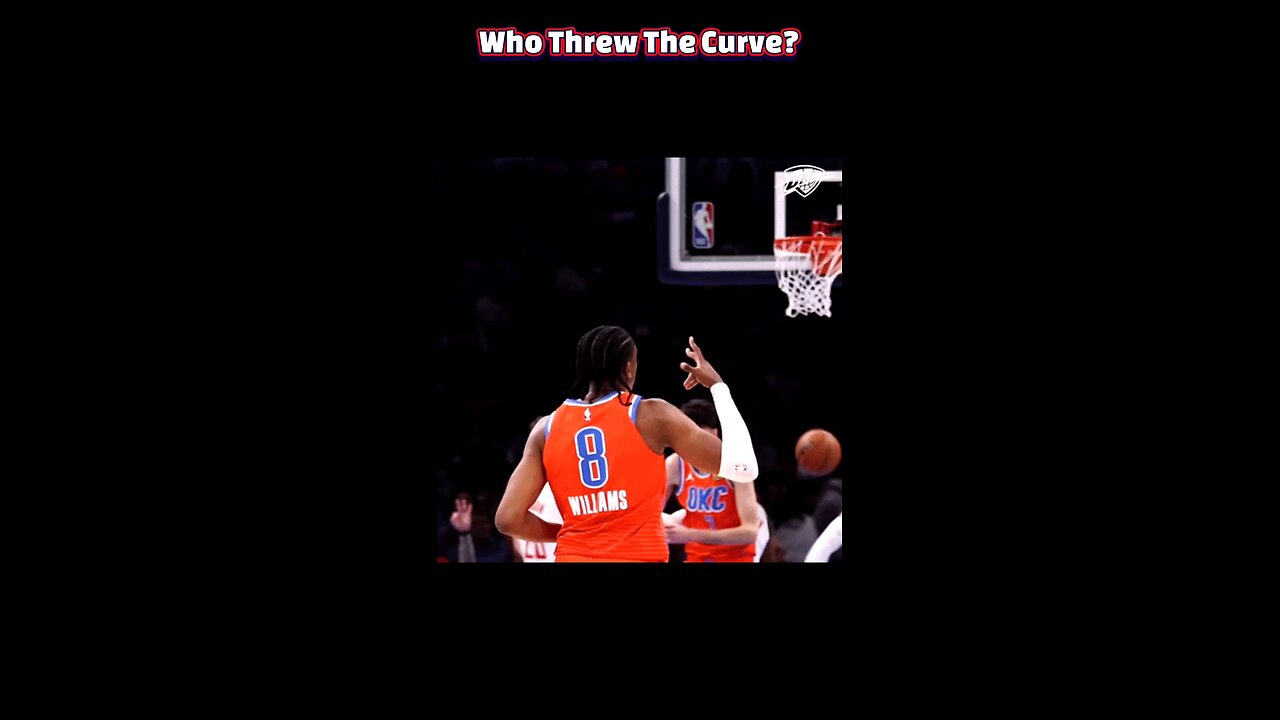Premium Only Content

The Arc Rules All: Why Every Team Lives and Dies by the 3-Pointer
#ThreePointRevolution #PaceAndSpace #SplashBrothers #NBATactics #HoopsAnalytics #ModernNBA #3PTEra #BasketballStrategy #CurryEffect #ShotCharts #SpreadOffense #SpaceFloor #DriveAndKick #201516Warriors #ArcDynasty #nba
The three-point revolution describes the rapid shift in NBA strategy toward prioritizing three-point field goals, beginning in the mid-2010s. What started as a novelty has become the league’s core offensive philosophy, driven by analytics proving that, on average, three-point shots yield more points per attempt than long two-pointers. Teams now view the arc not just as a scoring zone but as a spacing tool, forcing defenses to stretch and creating driving lanes and corner opportunities. This transformation has reshaped roster construction, practice regimens, and in-game decision-making across the association.
As three-point volume skyrocketed, pace-and-space metrics have become crucial. Analytics engines chart how often teams move the ball, how many possessions they generate per 48 minutes, and how those possessions translate into catch-and-shoot versus pull-up attempts. League-wide, three-point attempts per game jumped from around 9 in 1990 to over 54 by 2022, illustrating the seismic growth in perimeter shooting and the premium on quick, accurate spot-up looks. Coaches now design offenses to maximize open threes: rapid ball reversals, staggered screens, and rim-running guards all aim to create uncontested shots beyond the arc.
Today’s elite teams, like the defending champions, take more than 40 percent of their field-goal attempts from deep, up from under 25 percent a decade ago. By 2022, over 40 percent of all shots taken in the NBA came from beyond the three-point line, underscoring how perimeter shooting has become the offense’s engine. Forward and center roles have expanded to include corner threes and pick-and-pop actions, turning positionless basketball into a tangible roster blueprint that leans on versatility and spacing.
The 2015-16 Golden State Warriors epitomized this revolution. Led by Stephen Curry and Klay Thompson, they attempted a record 30.2 threes per game and converted 42.7 percent of them, shattering previous standards for volume and efficiency alike. Their small-ball lineups flooded the court with shooters, forcing switches and exploiting mismatches, while setting the single-season mark for threes made. These Warriors didn’t just win 73 games; they rewrote the playbook for how to win in the modern NBA.
The strategic ripple effects are everywhere. Big men who once camped in the post now train as stretch forwards, and every roster seeks at least four reliable shooters. Since 2015-16, players 6-foot-8 and taller have taken 24.1 percent of their shots from three, compared to under 9 percent in the mid-1990s, reflecting how floor spacing is now a universal mandate rather than a niche tactic. While teams continue to innovate, leveraging motion screening, drive-and-kick schemes, and hybrid guard–big combinations, the 2015-16 Warriors remain the gold standard, the blueprint against which all pace-and-space offenses are measured.
-
 4:39:32
4:39:32
Barry Cunningham
8 hours agoBREAKING NEWS: PRESIDENT TRUMP IS GOING TO TAKE CHICAGO! LFG!!! (IT'S MOVIE NIGHT!)
85.5K62 -
 1:23:59
1:23:59
Man in America
10 hours agoTrump Demands Big Pharma Come Clean on Covid Shots w/ Dr. David Martin
43.5K35 -
 1:40:27
1:40:27
megimu32
5 hours agoOTS: Labor Day Sitcom Blowout - Tim, Ray, & Relatable Chaos!
36.6K5 -
 4:09:30
4:09:30
StevieTLIVE
6 hours agoWarzone Wins w/ FL Mullet Man
32.1K1 -
 1:04:01
1:04:01
BonginoReport
9 hours agoLefties Wish Death on Trump but He’s BACK! - Nightly Scroll w/ Hayley Caronia (Ep.125)
189K83 -
 3:18:28
3:18:28
Tundra Tactical
6 hours ago $3.49 earnedWe Survived the Military… But Not This Basement
35K -
 20:12
20:12
Clownfish TV
14 hours agoDisney Needs MEN Back?! They ADMIT Star Wars and Marvel are DEAD!
28.3K40 -
 1:37:00
1:37:00
Anthony Rogers
13 hours agoEpisode 381 - Tim Kelleher
19K1 -
 1:01:42
1:01:42
The Nick DiPaolo Show Channel
11 hours agoTDS Hits New Level! | The Nick Di Paolo Show #1786
55K41 -
 1:02:27
1:02:27
Michael Franzese
8 hours agoFace to Face with a Former Chinatown Gangster Turned NYPD Detective
53.1K13